The Vitals
Many states have moved to vote-by-mail in recent years in order to make it more convenient to vote and in the past few months to avoid the possible COVID health risks associated with large crowds at polling places. Yet there remain questions about how many states use it, how mail balloting operates, what its political consequences are, whether the use of mail ballots increases electoral fraud, and how popular it is with voters.
-
There are two kinds of mail balloting systems: universal vote by mail and absentee balloting. In 2016, nearly one-quarter of U.S. votes were cast by mail.
-
Despite partisan fears, research suggests neither party gains an advantage.
-
There is no evidence that mail ballots increase electoral fraud. Several anti-fraud protections are built into the process. Those who abuse mail ballots can be charged with election fraud and face fines or prison time.
Watch
A Closer Look
How many states allow mail balloting?
There are two kinds of mail balloting systems. Some states have what are called universal “vote by mail” in which states mail ballots to all voters. In most states, however, vote by mail is through absentee balloting in which the voter must request an absentee ballot. In 2016, nearly one-quarter of U.S. votes (33 million) were cast by either universal mail or absentee ballots.
As shown on the map below from the National Council of State Legislatures, 34 states plus the District of Columbia now allow voters in the weeks before an election to request absentee ballots. Another 11 states have made it easier to request absentee ballots for primary elections taking place this year, in large part due to concern over the coronavirus.
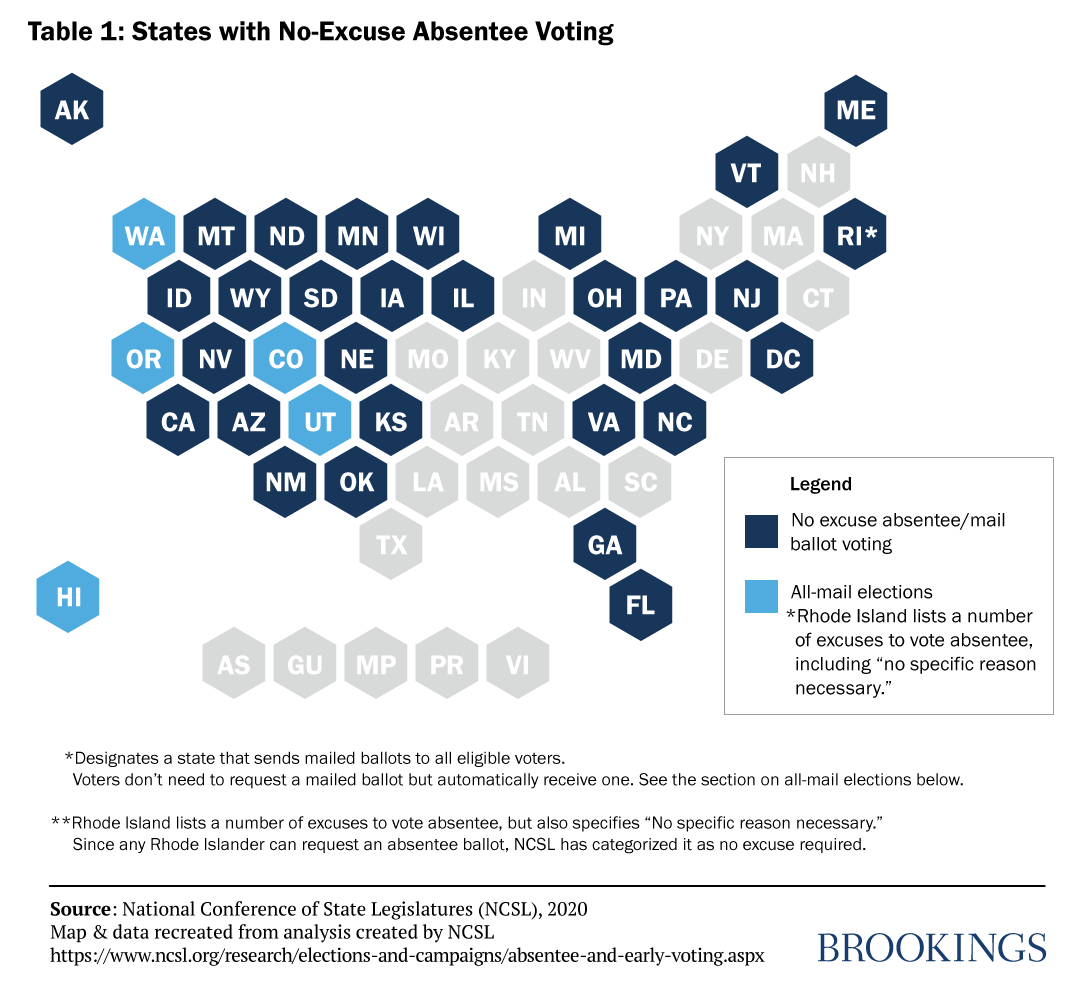
As a result of COVID, there has been extensive fear about long lines and big crowds at polling places. If there continues to be public concern over the virus or there is a second infection wave in the fall, some of these states may extend their absentee voting options to the general election. States set the rules on mail balloting and election processes so they can change the rules through bills passed by the legislature and signed into law by the governor.
How does mail balloting work?
In states that allow absentee mail balloting, the voter writes, calls, or goes online to request an absentee ballot from their local election authority. In some places, voters need an excuse for the absentee ballot such as being sick or out of the state on Election Day. In other places, voters do not need to have a specific reason for the absentee ballot or the state provides the option by mailing absentee ballots to all registered voters. Many states are moving to this system, generally referred to as No-Excuse Absentee balloting.
In making their request, voters have to provide their name and address. After receipt of the request, local election authorities send a ballot to the voter at the home address and provides one security envelope for the ballot that keeps the vote choice private and another envelope into which the sealed ballot is placed. The voter signs the outside of the second envelope to certify he or she is a registered voter.
Upon receipt of the mailed ballot, local election authorities check the name of the voter to make sure the person is registered to vote and is casting a ballot from the address registered with the election authority. After certifying those facts, they remove the sealed ballot from the outside envelope containing the voter signature so that the voter’s preferences remain confidential. On Election Day, states count the mail ballots and add the results to the votes of those individuals who cast their ballots in person.
What are the political consequences of mail balloting?
Republicans fear mail balloting will increase votes for Democrats. They worry that individuals who are part of groups that typically vote in lower numbers will cast absentee ballots because of the ease of doing so. This includes young people, low-income people, minorities, and those without access to transportation.
Yet one group that benefits from absentee ballots is senior citizens, who often skew GOP. Those who are incapacitated or sick can request mail ballots as can those who cannot drive or lack access to mass transit. Mail ballots represent a way for those individuals to exercise their constitutional rights at election time.
Republicans have won in legislative districts having a large number of mail ballots. In a 2020 California special election for Congress, for example, Republicans captured a seat that previously had been held by Democrats. They did so by getting out the vote and making sure their voters had access to absentee ballots.
A major study of California, Utah, and Washington state conducted by Daniel Thompson, Jesse Yoder, Jennifer Wu, and Andrew Hall of Stanford University for elections between 1996 and 2018 concluded there was no partisan advantage to either party based on voting by mail.
Does it increase electoral fraud?
If candidates believe there has been voter fraud, they can present evidence regarding a particular race to the election board or file a lawsuit in a local court. Authorities review the evidence and decide if there has been actual fraud. If there is sufficient evidence, local prosecutors can indict the relevant people for mail ballot fraud. It is a criminal offense to forge a name on a mail ballot, impersonate someone else, steal ballots, or deceive someone about their mail ballot.
According to the Brennan Center for Justice at New York University, there is no evidence that mail balloting increases electoral fraud as there are several anti-fraud protections built into the process designed to make it difficult to impersonate voters or steal ballots. These provisions include requiring people requesting absentee ballots to be registered voters, mailing ballots to the official address listed on voter registration rolls, requiring voter signatures on the external envelope, and having election authorities make sure the ballot came from the address of an actual voter. If a ballot appears questionable, some states use a signature matching technique to verify the signature of the voter.
These steps make it difficult to engage in fraud on a widespread basis. You can’t request a ballot for a person that is mailed to your address as opposed to that person’s official address with the election authorities. Even if someone wanted to wait by a mailbox for the absentee ballot to be sent to the registered voters so you could steal their ballot, you would never know what day the absentee ballot would arrive because voters can request them for several weeks prior to an election and election authorities send them out as the requests come in.
For years, military personnel stationed abroad have voted by absentee ballot with virtually no claims of election fraud. The procedures that already are in use safeguard against abuse and ensure the integrity of the voting process.
The few cases of voter fraud that have been documented tend to be quite localized. For example, in 2018, North Carolina Republicans were cited for election fraud involving mail ballots. A campaign staff member who worked for Mark Harris in his Ninth Congressional district race was indicted for mishandling mail ballots and directing others to engage in election fraud. The evidence was so widespread that a federal judge invalidated the election and called for a special election.
How popular is mail balloting with voters?
In 2020, there has been considerable party contentiousness over mailing balloting provisions. For example, a plan to have mail ballots sent to every California voter has been challenged in court by the Republican National Committee. The party’s stated concern is that mail balloting will undermine election integrity and increase fraud.
Yet mail balloting generally is popular with voters because they don’t have to stand in line to cast ballots and they can vote at their convenience in the weeks leading up to election day. Fifty-nine percent support holding elections by mail. That reform saves people time and, at a time of a major pandemic, protects their health. The growing use of mail ballots shows how substantially the election environment has changed in recent years and why voters should pay close attention to voting reforms in their particular states.

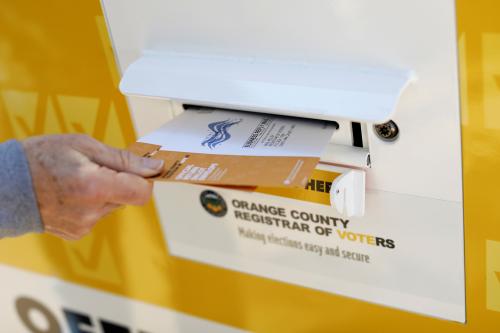
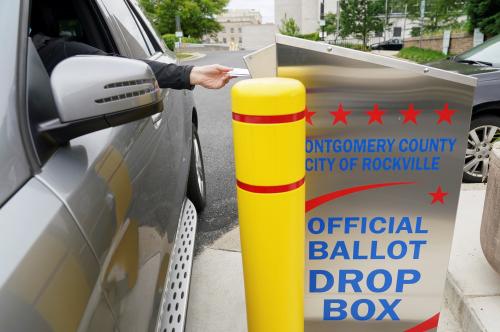
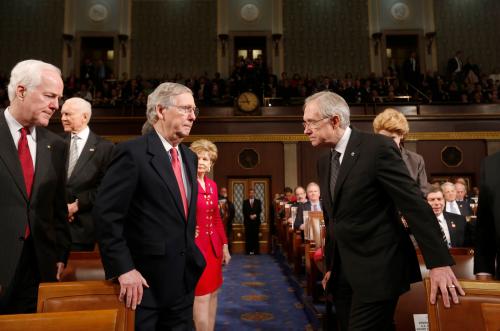
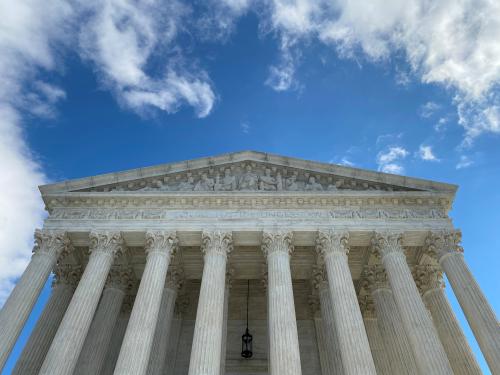
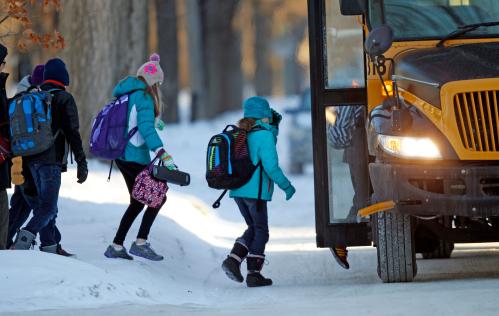

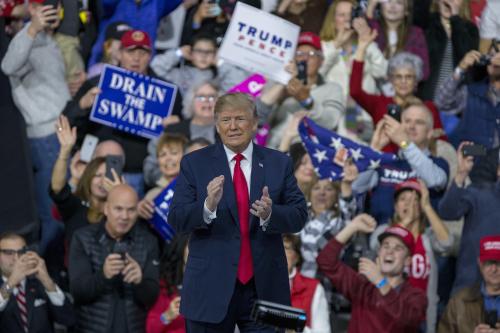

Commentary
How does vote-by-mail work and does it increase election fraud?
June 22, 2020